Located in north-central Wyoming, the Bighorn Mountain Range can be enjoyed by all ages. Whether seen while seated in a comfortable car or while standing in sturdy hiking boots, these mountains offer views not to be missed. The Bighorn Mountain Range is about 150 miles long and 30 miles wide—and endlessly amazing. Here are just a few things you can do in the Bighorns.
1. Bighorn Scenic Byway
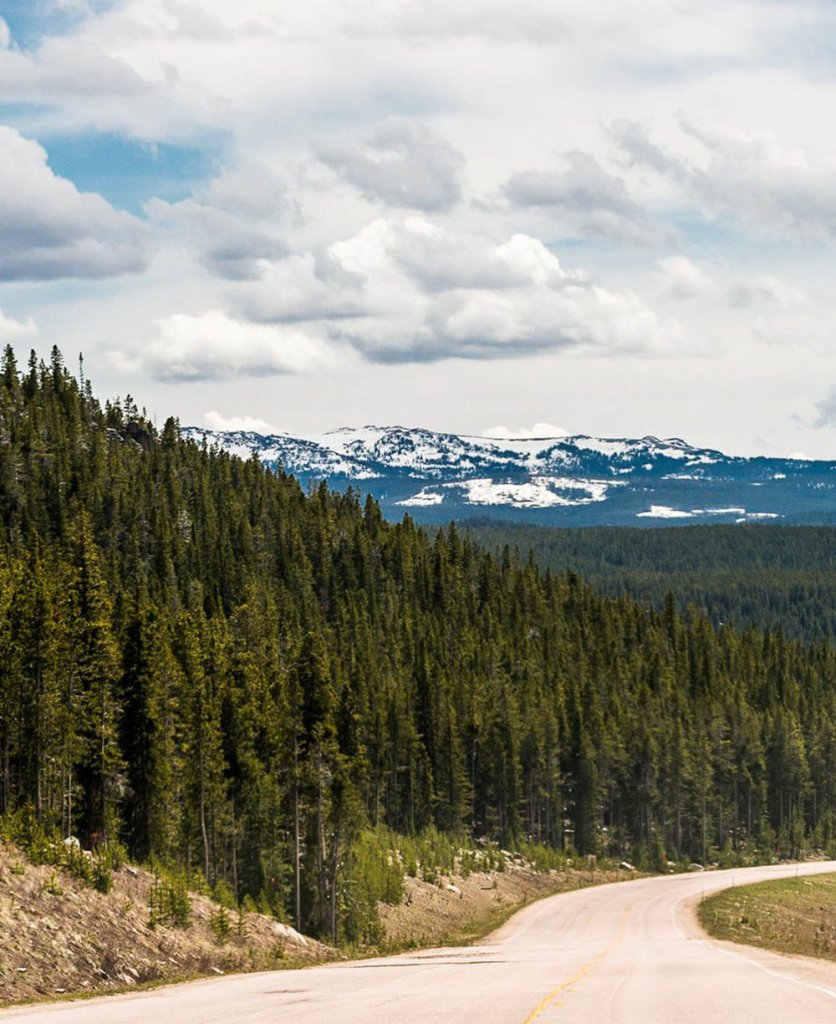
Travelers hunting for breathtaking panoramic views will find them in the Bighorns, and several of the most beautiful vistas can easily be enjoyed on the Bighorn Scenic Byway. A 58-mile stretch from Dayton to Shell on US-14, the byway takes viewers by Shell Falls, where 3,600 gallons of water per second plunge over the 120-foot falls. Views of canyons and mountains are accented by wildflowers and fishing streams along this scenic stretch, but it certainly isn’t the only stunning drive through the mountains.
2. Medicine Wheel National Historic Landmark

The Bighorn Scenic Byway meets up with the Medicine Wheel Passage Scenic Byway, which leads to the Medicine Wheel National Historic Landmark – a sacred site for Native Americans. Here, rocks form a circle with spokes extending out from a central cairn. This sacred site is still frequently used for ceremonial purposes.
3. Cloud Peak Byway and Ten Sleep Canyon

Cloud Peak Byway along Highway 16, (referred to by locals as The Sweet 16), takes drivers through Ten Sleep Canyon and over Powder River Pass, offering a view of the highest point in the Bighorns — the 13,167-foot Cloud Peak. While in the area, be sure to keep an eye out for Wyoming wildlife like moose, bears and elk.
4. Cloud Peak Wilderness
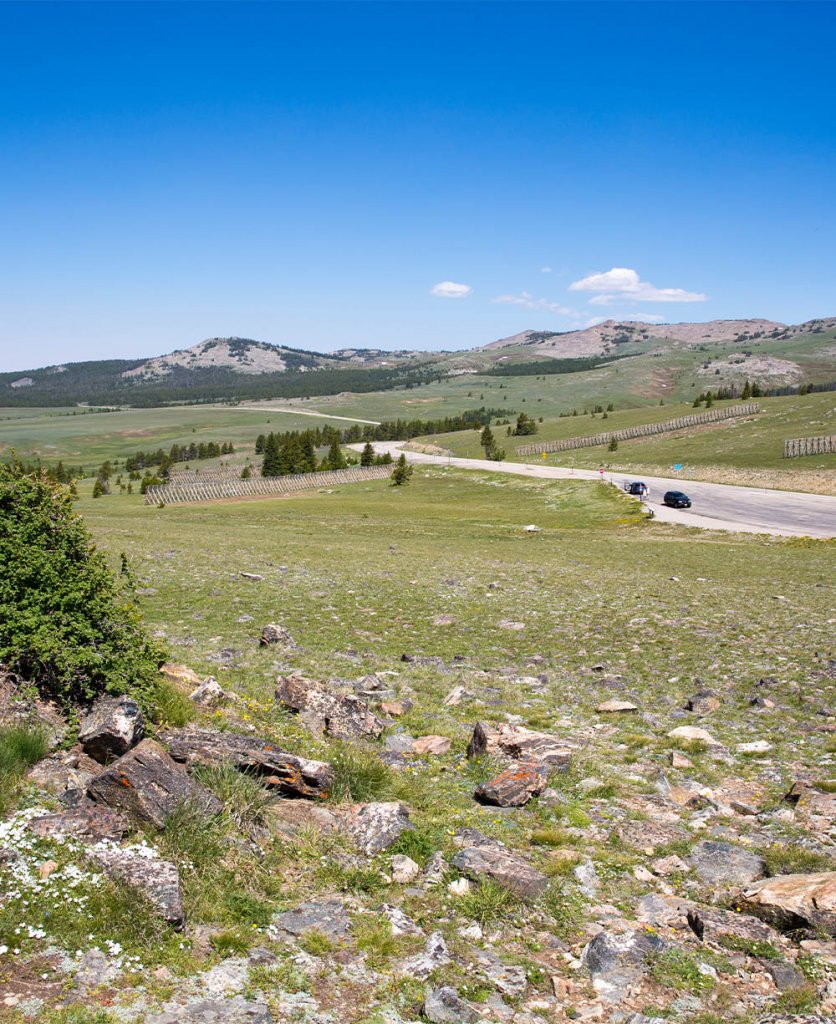
Hiking could be the Bighorns’ middle name, with hiking trails around every twist and turn. Cloud Peak Wilderness has been touted as having some of the most spectacular alpine scenery in the country and features more than 100 miles of trails.
5. Camping
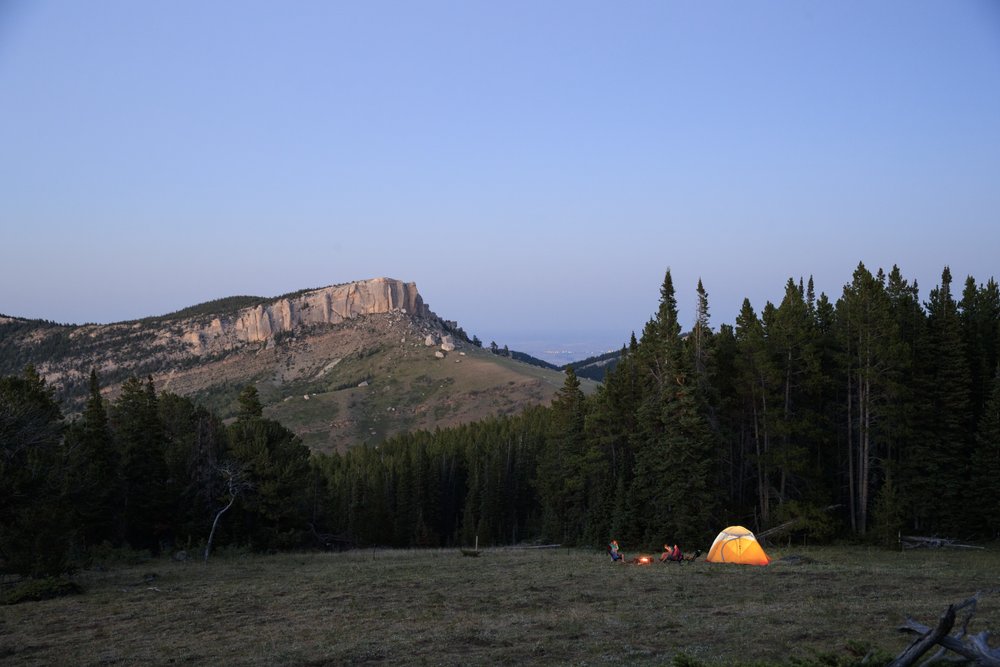
Campers get to enjoy the Bighorns from the ground up — especially if they are tent camping. With more than one million acres in the Bighorn National Forest, there is plenty of room to spread out and find a peaceful camping spot.
6. Fishing
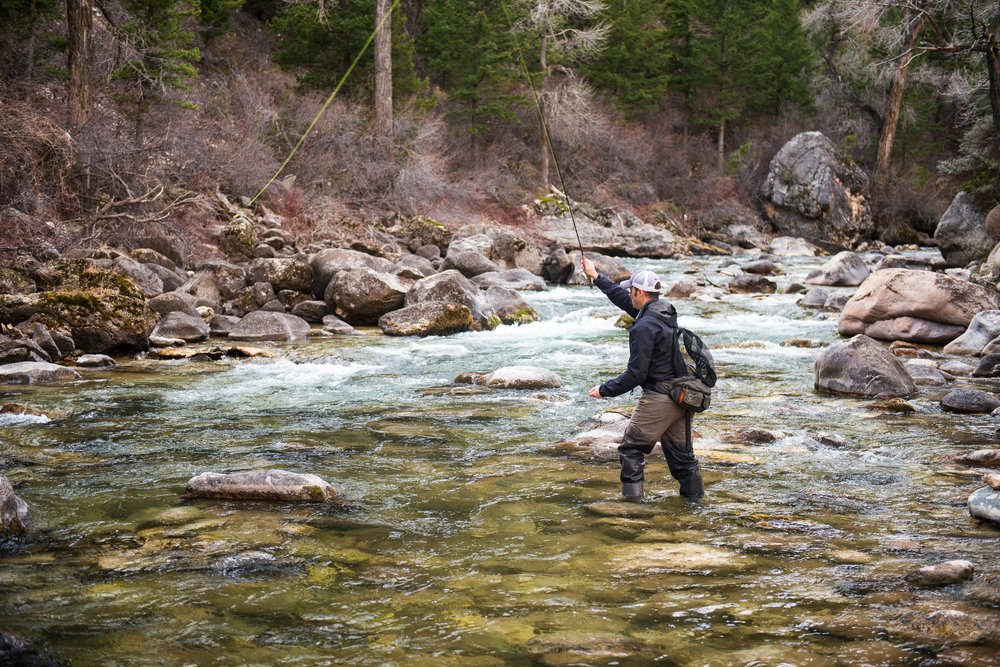
Fishing is a given with the abundant lakes and streams in the Bighorns, and trout is the name of the game. Anglers can be seen fly fishing in the big rivers and small streams in the area. Natural lakes, including the Upper and Lower Medicine Lodge Lake and reservoirs like Sibley Lake, are excellent places to fish as well.
7. Winter recreation
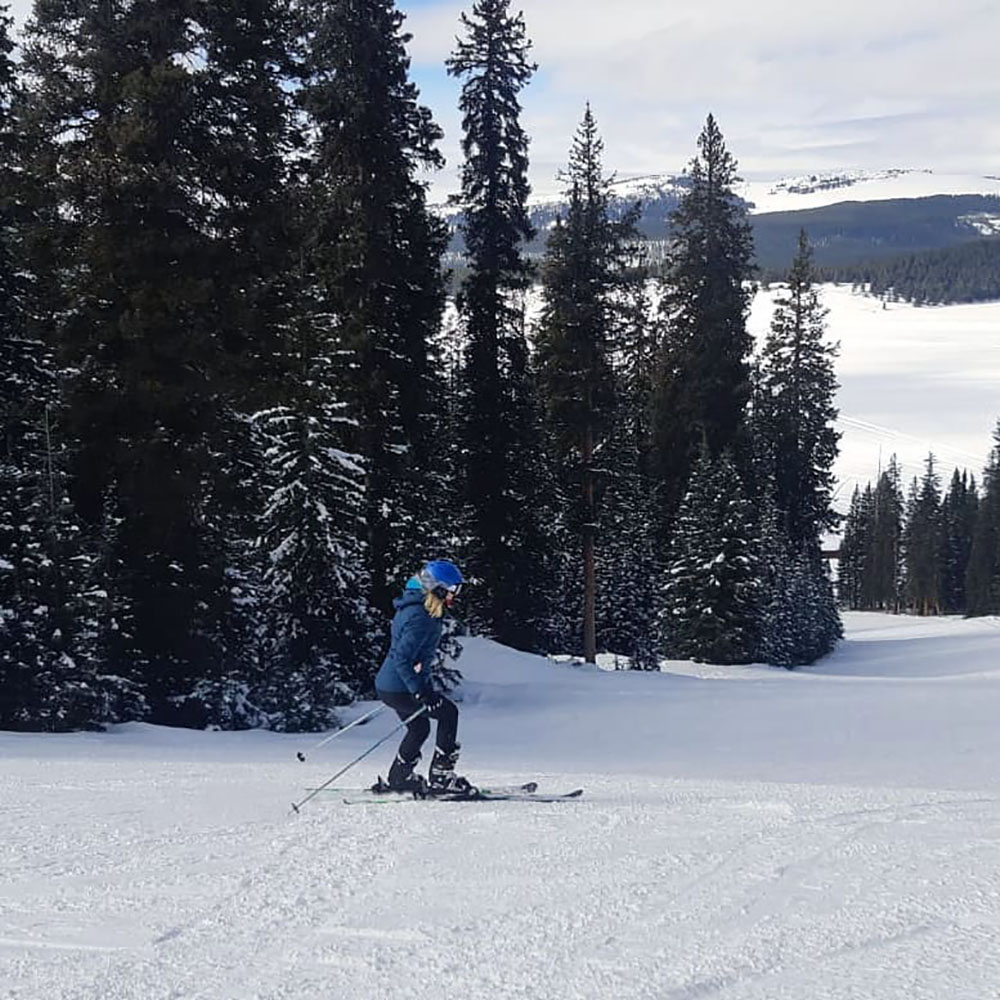
Some years the snow doesn’t melt in the Bighorns until July, which is great news for winter recreation lovers. Whether visitors want to strap on downhill skis and hit the slopes or tromp through the snow on snowshoes, the Bighorns are the place to get it done. Antelope Butte Ski Area offers downhill and Nordic skiing, snowboarding, fat biking and snowshoeing. Meadowlark Ski Lodge near Ten Sleep is another downhill skiing and snowboarding location, complete with a lodge with a restaurant. Nordic skiers will find miles of groomed trails, including the 15 miles of trails and a warming hut along Sibley Lake Trail.
8. Wyoming-style lodging
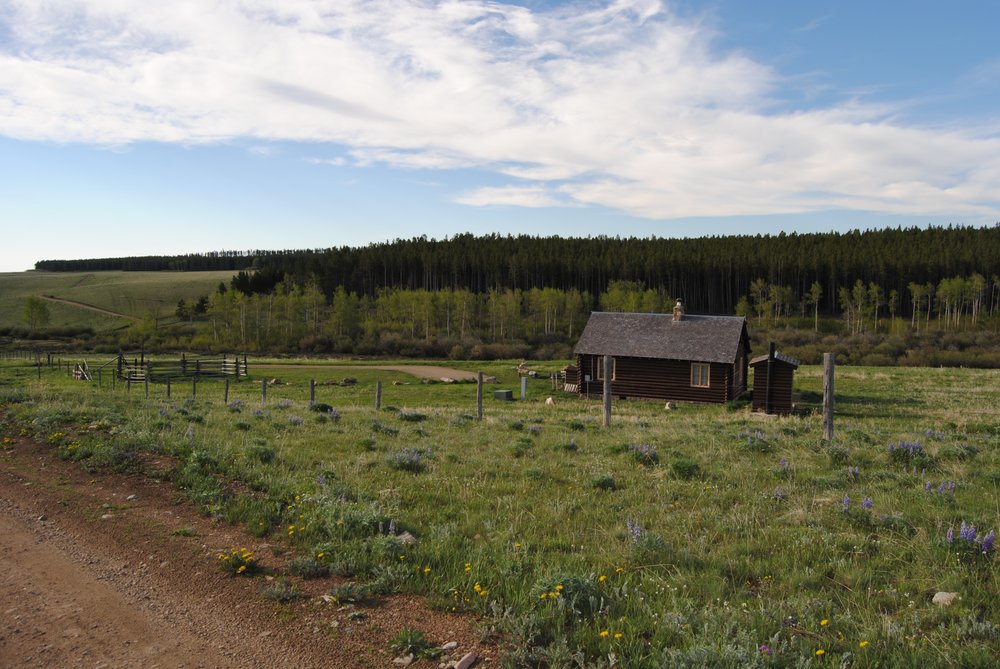
Visitors who know one day in the Bighorns is never enough can find unique, Wyoming-style lodging throughout the region. Rough it in U.S. Forest Service-owned lodging like Sheep Mountain Lookout or the Muddy Guard Cabin. The first is a former fire lookout station and the second was formerly a forest service guard station. Both are available for rent if you don’t need all the bells and whistles of a traditional cabin, like plumbing. If you prefer accommodations with more amenities, local mountain lodges offer excursions like horseback riding, canoeing, fishing and skiing with a resort feel.